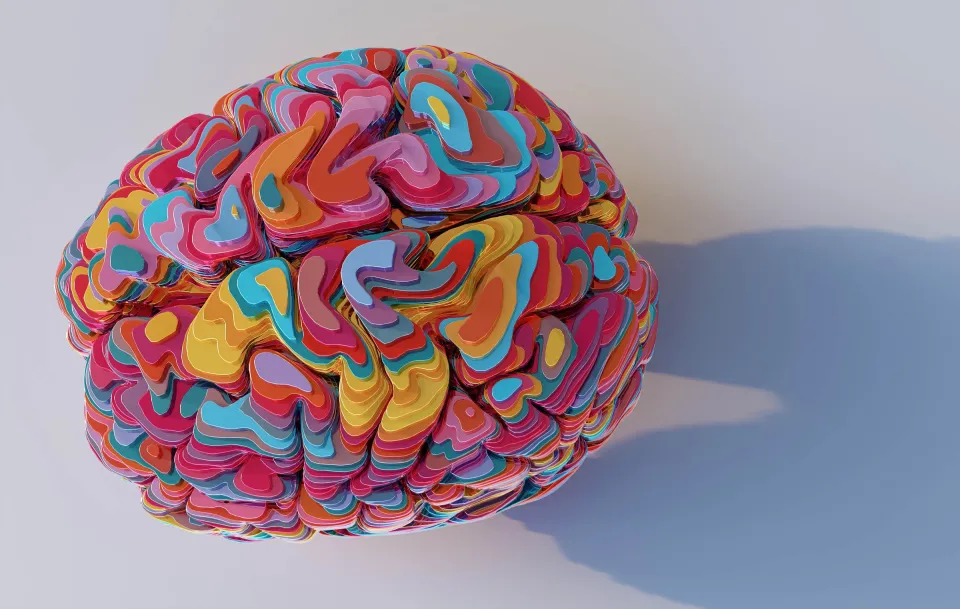
Inside Deciding Minds
The Illusion of Easy Choice
Our failures don’t stem from a lack of information, but from focusing on the wrong details: the real challenge lies not in deciding, but in learning to direct our attention
by Nicola Gennaioli
I am sitting with my tablet, trying to decide which of two pairs of running shoes to buy. At first glance, the choice seems simple — just two pairs of shoes. But each has many features: weight, durability, arch support, price, brand, style, even celebrity endorsements. One advertises “ultra-lightweight design,” the other “maximum shock absorption” and “sustainable materials.” Both sound appealing, but for different reasons. Just as I start comparing, my phone buzzes: a message, a sale alert, an ad for a new fitness tracker. What looked like a simple choice suddenly becomes tangled in competing demands on my attention. Today, attention is the scarce commodity. Ideally, we should focus only on what matters — in this case the shoes — and ignore distractions. But reality is different. Research in cognitive science and behavioral economics shows our attention is often hijacked by salient stimuli regardless of relevance. The buzz of a WhatsApp message or a flashy ad can shift focus away from price or quality. Heavily advertised attributes may reframe the choice as “lightweight” versus “shock absorption,” pushing aside other important differences.
Complexity: A cognitive challenge
Complexity is not only about the number of options or the computation required, as in a chess game. It is about the flood of features — many irrelevant — our minds must juggle. We cannot filter perfectly. Salient but secondary attributes crowd out critical ones; imperfect recall clouds the picture. The result is two distortions: overcomplication and oversimplification.
Overcomplication: When simple choices become difficult
Straightforward decisions can turn difficult when irrelevant features capture attention. Take branded versus generic drugs. With the same active ingredient and efficacy, price should dominate. Yet many still choose the brand. Dube, Gentzkow and Shapiro (QJE, 2018) show that knowledge of the active principle reduces but does not eliminate demand for branded drugs. Advertising and branding create salience that complicates and sometimes overrides price, the most relevant factor. Finance shows a similar pattern. Instead of adopting simple diversified portfolios aligned with long-term goals, investors chase labels like “high growth” or “safe dividends,” drawn by marketing and headlines. The result is unnecessarily complex portfolios, and often worse.
Oversimplification: When important features are ignored
The opposite distortion arises when people narrow choices too much, focusing only on one or two salient attributes. Health insurance plans illustrate this: premiums and deductibles are highlighted, while actual usage — key to estimating out-of-pocket costs — is ignored. Loewenstein et al. (QJE, 2015) show this leads consumers to select dominated plans, worse in every respect once usage is considered (see also Abaluck and Gruber, 2011). Mutual fund investors behave similarly, chasing recent advertised returns while ignoring fees and risk, often more decisive for long-term performance. In these cases, salience causes oversimplification: we don’t just consider too few features, we overlook the most important ones.
The nature of complexity
The key insight is that complexity is not only in the environment but in how our minds perceive, attend to and recall stimuli. Many failures in information-rich contexts are not due to the cost of combining data but to how we choose what to focus on — leading either to overcomplication or oversimplification. This undermines standard competition. First, selective attention itself can create market power: consumers stick to dominated products because they grab attention. Second, competition operates only on salient attributes, not on the truly important ones. Even public information provision or nudges do not fully help: they may be ignored, or affect the wrong consumers, worsening decisions. The pressing question is: which choice and information protocols actually work in stimulus-rich environments? We don’t yet know. But one thing is clear: we won’t find the answer by treating decision-making as mere calculation. To get there, we must take cognition seriously.



